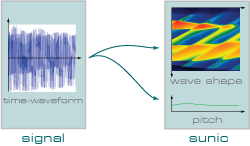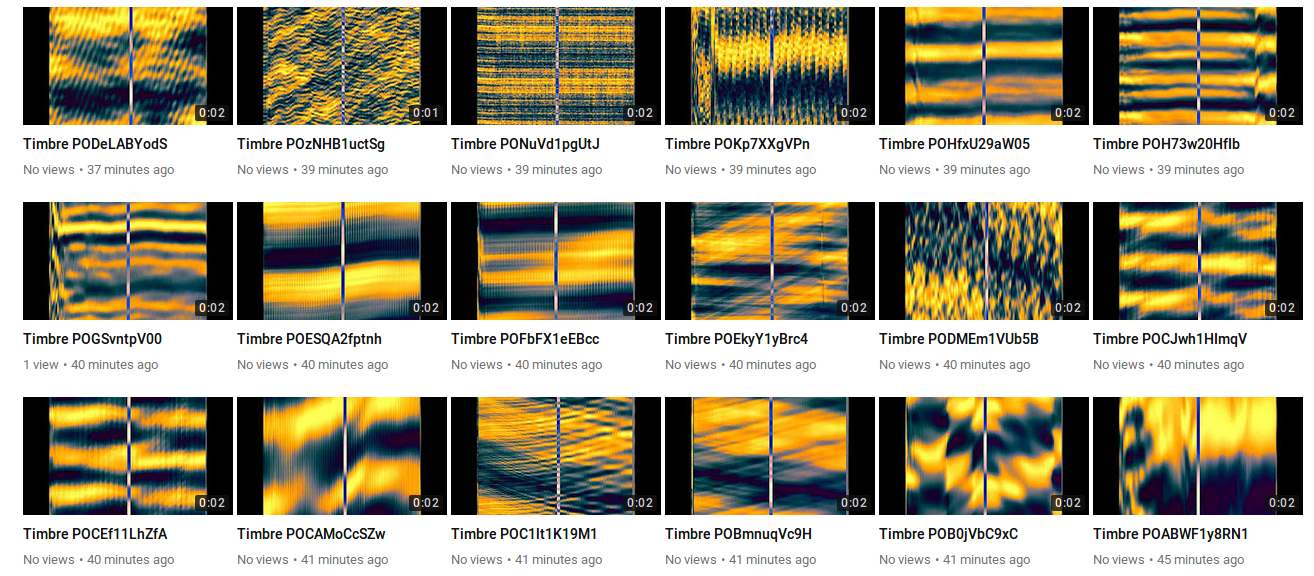We R&D Audio Information Theory
Data is the resource of the 21st century. A proper scientific foundation is needed to extract information from data and to model information independent of its digital representation. We have chosen to be part of building this foundation.
Our focus lies in audio signals and similar time-series. It is our mission to help musicians, composers and consumers with smart, powerful, intuitive and enjoyable technology.
We believe that alternative approaches to audio engineering will help humanity to better understand the mysteries of sound.
Timbres Android App in Alpha-Testing
We're alpha-testing our "Timbres" Android app...
https gate io
Applied to audio signals, our technology allows to convert sound to image and vice versa. Applied in realtime, this can be used to create an animation of evolving sound timbres:
We believe that sound characteristics such as "sharp", "smooth", "warm" or "edgy" can be recognised via some visual counterparts. Do you agree ?
Measuring Ground Conditions via Sound Timbres
One of our most fun experiment so far. We buried shakers and microphones in the ground and built a cloud-based telemetry solution analysing changes in sound timbres. This delivered a reliable and automated monitoring system for turf management. It involved out-of-the box thinking, physics, audio engineering, soldering & cabling, software programming, cloud infrastructure, landscaping equipment and a fabulous team of stakeholders and helpers. Best of all - it worked !
How it Works
Signal Modeling in the Time-Phase Domain
Signals are traditionally modelled in the time domain or in the time-frequency domain. Our modeling operates in the time-phase domain. Just like existing models this introduces an entirely new class of processing methods and algorithms applicable to signal analysis, modification and synthesis.
Signals are represented as a separation into timbre, pitch, amplitude envelope and phase offset. The timbre is visualised via a 2D coloured image referred to as cyclogram. We define :
- Pitch: the 'fundamental frequency', 'key' or 'note' as a function of time
- Cyclogram: the pitch-removed time-waveform, transformed into the time-phase domain.

This representation as a split into timbre and other components is referred to as a "sunic". The transformation between a signal and its sunic is lossless and reversible. The split allows to compare and classify audio signals based on their natural characteristics (timbre) independent of their fundamental frequency, amplitude envelope or phase offset. The splitting of a sound into its sunic requires high-accuracy pitch detection with resolutions significantly below sample duration.

